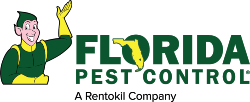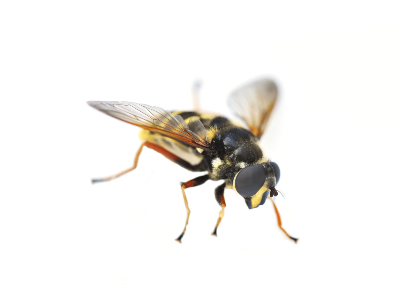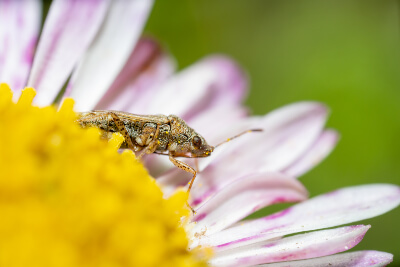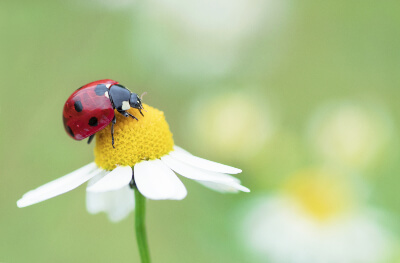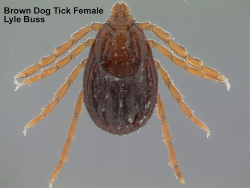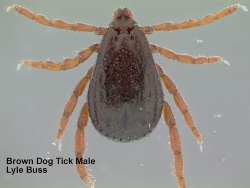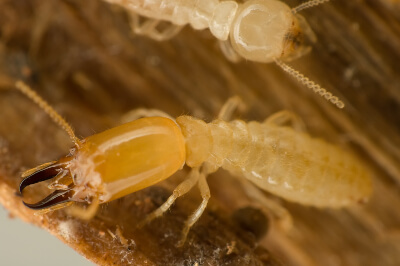You learned how beneficial some Hemipterans (True Bugs) are in Part One and the good many Hymenopterans (Ants, Bees & Wasps) do to control certain insects in Part Two. Now, let me introduce you to the beneficial Dipterans (Flies).
When we think of flies, the pesky house fly usually comes to mind, invading our homes and landing on our dinner and other food items every time someone opens an entrance door. You’ll be happy to know the house fly is just one of well over 100,000 known species, and many more are yet to be discovered.
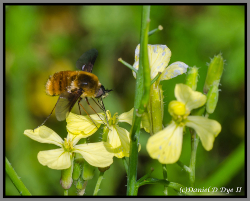
One group that comes to mind is the hover fly, also known as flower, syrphid, or drone flies. Their larval stage feeds on a variety of insects. Caterpillars, aphids, thrips, and scale insects are some of their favorites. A good population of hover fly larvae may consume nearly 100% of an aphid population on a given plant…That’s awesome, don’t you think?
You’ve probably seen adult syrphid flies hovering above flowers in your garden or on wildflowers while hiking along a path in your favorite park. These flies are considered major pollinators as they hover from flower to flower.
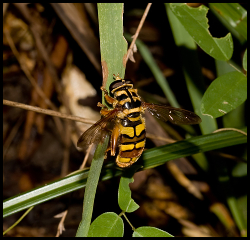
Several species of hover flies resemble bees and wasps, giving the impression to predators not to mess with them. This, unfortunately, is the same reaction we humans have and the result is often a dead hover fly. I assure you these flies are totally harmless.
Another group of beneficial flies is the long-legged fly. Many are fairly small, bright, metallic green flies. Some are even metallic bronze in color. While most are a ¼” or less, some species may range upwards to about a ½” or so. This is a large group with nearly 1,300 species in the mainland of the United States alone.
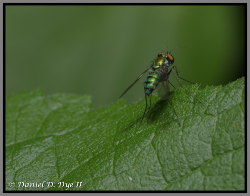
Long-legged flies are voracious predators, feeding on small insects, such as aphids. Not much is known about the larval stage (maggot) of these flies. We do know that some are aquatic or semi-aquatic and probably predators of other insects, as well.
Next, we have the robber flies, which belong to a large family of flies known as Asilidae. This family is nearly 1,000 species strong in North America, with more than 100 species found in Florida. Some members have long, narrow tapered abdomens, large eyes, and appear bearded. Other members look nearly identical to bumbles bees.
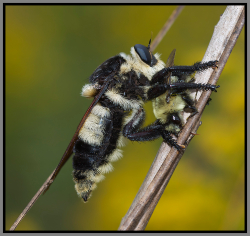
Robber flies will attack and feed on almost any insect. They will patiently wait on a perch until an insect, sometimes even larger than they are, passes by and then silently swoop down to capture it in midflight. That would be awesome to watch, don’t you think?
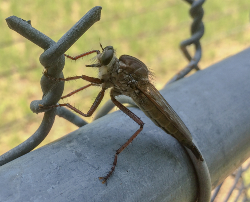
In general, most flies are beneficial. From the tiny fruit flies to the largest horse flies, they all play an important part in the nature of things. So, the next time you reach for your flyswatter, put it down and give the flies a break!
